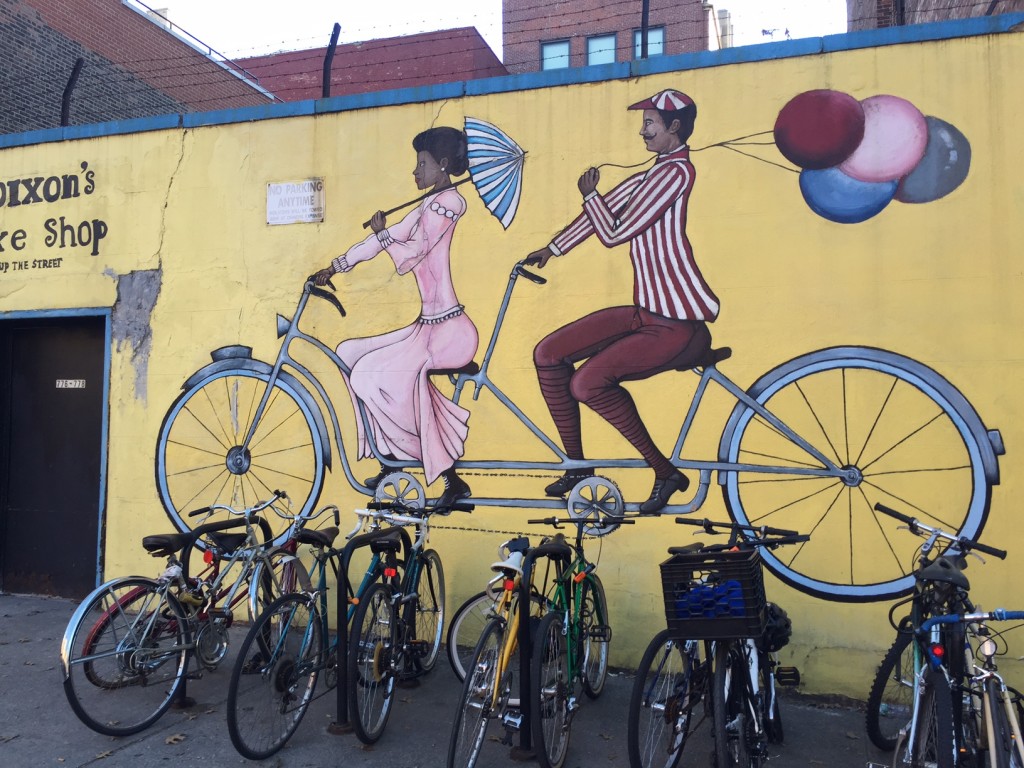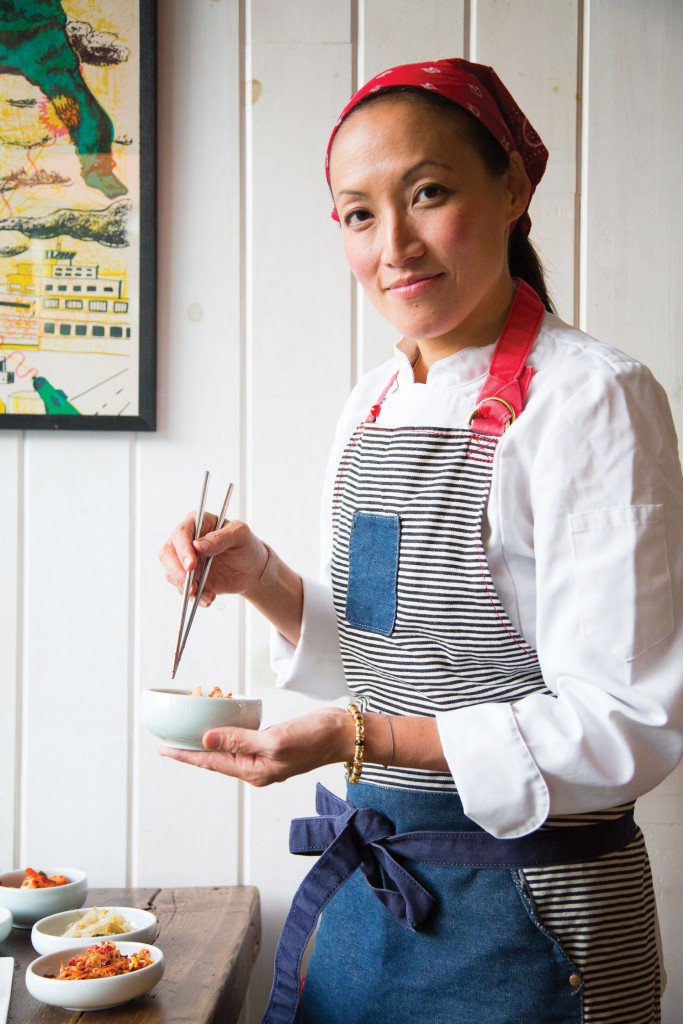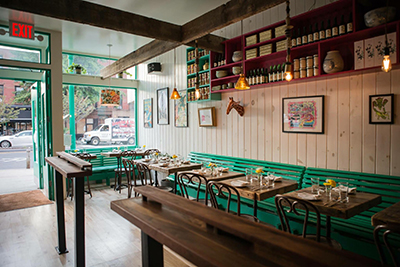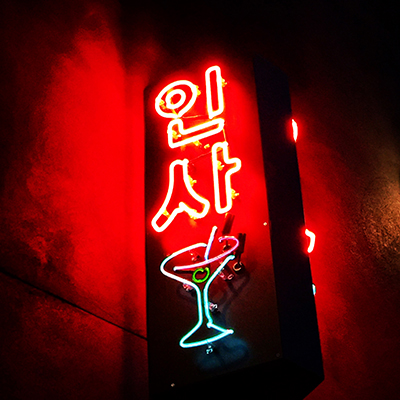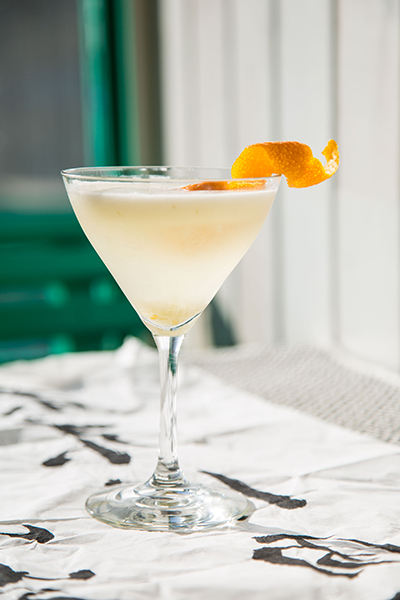DAVE DIXON
For our first Slope Survey—inspired by Marcel Proust and his eponymous questionnaire—we reached out to Dave Dixon, co-owner of Dixon’s Bicycle Shop and D’s Lounge. Dixon’s, which has graced Union Street for 50 years, is Park Slope’s oldest family-owned bike store. It seemed only fitting that Dixon help us kick off the Survey.
What brought you to Park Slope? I was born in Brooklyn, and my parents bought a brownstone in Park Slope. What is your most memorable Park Slope moment? My most memorable moment in Park Slope would be running home from my Dad’s shop, while a gang fight was getting ready to start in the middle of the street. This was in the mid ‘70s. A good day for you is… A good day for me is being able to fix bikes. Describe your community superpower. Just keeping busy, making sure that everyone is pleased with my service and that everyone can get to their next destination. If you could change one thing about the neighborhood, what would it be? I would set up more fun things for kids and grownups to do. What do you think Park Slope will look like in 10 years? in 20 years? In 10 to 20 years, I think the Slope will look a lot more crowded, with all the new buildings going up. What were your childhood nicknames? One of my childhood nicknames was the Butcher because of my big appetite. What is your greatest extravagance? Probably my bicycle collection. If you couldn’t live in Park Slope or in Brooklyn, where would you go? If I couldn’t live in Brooklyn or the Slope, I would love to live in Jamaica or Miami or South Beach. Who is your hero, real or fictional? I would have to say my Dad. I have so much respect for him, and my mom for what they have done for the family.
